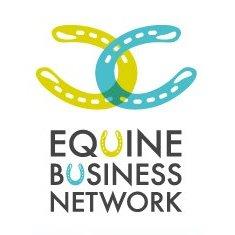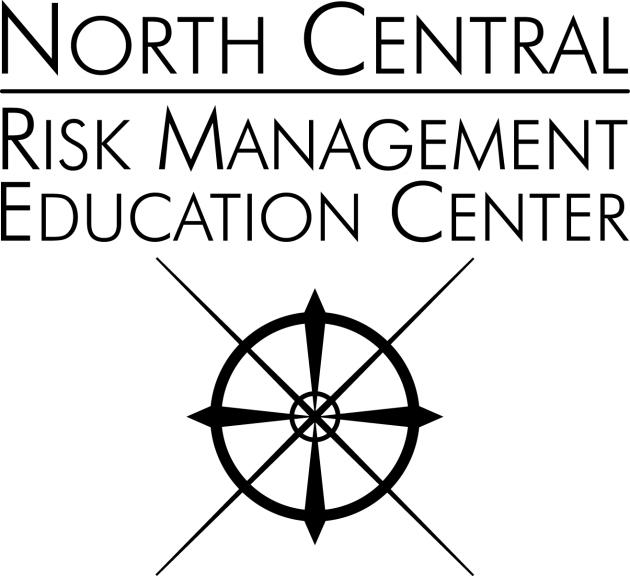Best Practices:
- A method or technique that has consistently shown results superior to those achieved with other means, and that is used as a benchmark. A “best” practice can evolve to become better as improvements are discovered. – Wikipedia
How to Improve the Safety and Efficiency of Your Equine Facility:
- Increasing awareness of hazards
- Making a conscious effort to prepare for emergency situations as well as daily activities
- Discuss safety hazards and emergency procedures with workers, or conduct more formal training
Youth Employment in Farm and Other Agriculture Occupations:
- Youth of any age may work
- At any time in any job on a farm owned or operated by their parents
- Youth ages 16 and older may work
- In any farm job at any time
- Youth 14 and 15 may work
- Outside of school hours in jobs not declared hazardous by the U.S. Department of Labor
- Youth 12 and 13 years of age may work
- Outside of school hours in non-hazardous jobs
- On farms that also employ their parents or with written parental consent
- Youth under 12 may work
- Outside of school hours in non-hazardous jobs with parental consent
- But only on farms where none of the employees are subject to minimum wage requirements (small farms).
- Certain exceptions exist related to participation in vocational agriculture and 4-H programs
Hazardous Occupations Specific to Equine Facilities:
- Operating a tractor over 20 PTO (power take-off) horsepower, or connecting or disconnecting an implement or any of its parts to such
- Operating a hay mower or baler
- Operating a power post hole digger
- Working in a yard, pen, or stall occupied by a stud horse maintained for breeding
- Riding on a tractor as a passenger or helper
- In addition, there are specific rules in regards to handling toxic chemicals
- While these laws are specific to youth, they do highlight certain areas where worker safety may come to the forefront
Horse Behavior Basics:
In addition to considerations of working with stallions, one cannot overemphasize the need for workers to have a solid understanding of basic horse behavior.
-
Herd Behavior:
-
Fight or Flight-
- Horses are creatures of prey
- Initial reaction usually involves fleeing
- Must train horses to control instinct
- Accidents are often a result of this characteristic
-
Herd Dynamics-
- Dominance hierarchies
- Understanding the herd structure
- Employees should understand this as well
- Using dominance hierarchies to your advantage
- Catching
- Moving Groups
-
Fight or Flight-
-
Horse senses and their impact on worker safety:
-
Important senses-
- Vision



- They are both binocular and monocular, with blind spots directly in front and directly behind them
- For more on horse vision, click here
- Smell
- Range: They smell more acutely than humans, but less than dogs
- Identification: They know the difference between humans, other horses, or predators
- Unique Smells: They can notice things like medicine in their feed
- Taste
- Horses like sweet and salty tastes
- They will normally avoid most toxic plants due to taste and/or texture, unless no alternative is available.
- Hearing
- Similar to humans
- Dynamic Anatomy: Their ears have 180-degree rotation, to help them hear more around them
- Cues: “Whoa!”, Smooch, Cluck
- Reinforcement
- Positive: Praise
- Negative: Difference in pitch/tone of voice
- Touch
- Highly sensitive: can desensitize with training
- Communication
- Cueing: Aids
- Reinforcement:
- Positive: Petting
- Negative: Kicking, strong rein
- Smell
- Vision
-
Horse Behavior and Worker Safety-
- Making sure that workers have a solid handle on basic horse behavior and herd concepts is key to keeping the workers and horses safe.
- Consider holding a training or requiring that employees complete an online horse behavior section
- Certificates of completion may be available through:
-
Important senses-
Handling:
- Consistent method for all workers
- Catching, haltering, leading, tying
- Handling stallions
- Turnout procedures

- Modeling those methods
- Example: Showing them how to catch, halter, and lead a horse
- Video example: Approaching and Haltering a Horse
- Horses in groups
- Dangerous time
- Understanding of horse behavior and herd dynamics is key during this time
- Demonstrate the specific ways you want the horses on your facility caught and turned out when in groups
Feeding Practices:
- Use multiple workers, if possible
- Two minimum
- Practice safety and efficiency
- Prepare evening feed in morning, next morning in afternoon, or evening
- May not be possible in some scenarios
- Must be done in others (soaking beet pulp, etc.)
- Safely Lifting and Handling
- Size up the load and check overall conditions. Don’t attempt to lift by yourself if the load appears to be too heavy or awkward. Check that there is enough space for movement, and that the footing is good. “Good housekeeping” ensures that you won’t trip or stumble over an obstacle.
- Make certain your balance is good. Feet should be shoulder width apart, with one foot beside and the other foot behind the object that is to be lifted.
- Bend the knees; don’t stoop. Keep the back straight, but not vertical. (There is a difference. Tucking in the chin straightens the back.)
- Grip the load with the palms of your hands and your fingers. The palm grip is much more secure. Tuck in chin again to make sure your back is straight before starting to lift.
- Use your body weight to start the load moving, then lift by pushing up with the legs. This makes full use of the strongest set of muscles.
- Keep the arms and elbows close to the body while lifting.
- Carry the load close to the body. Don’t twist your body while carrying the load. To change direction, shift your foot position and turn your whole body.
- Watch where you are going!
- To lower the object, bend the knees. Don’t stoop. To deposit the load on a bench or shelf, place it on the edge and push it into position. Make sure your hands and feet are clear when placing the load.
- For lifting and carrying techniques, click here.
Drugs and Chemicals:
- ALWAYS LABELED!
- Keep in safe, organized cabinets or areas, out of sight and high-traffic areas
- Special consideration to things like:
- Regumate (disposable gloves, syringes, etc.)
- Banamine
- Phenylbutazone

- Other drugs
- Should be handled by adults or with adult supervision
- Watch someone administer, before allowing them to do it on their own
- Sharps containers for used needles, medical waste
- Train employees on the proper use
- Appropriate disposal of medical waste
Machinery and Equipment:
- Tractors, spreaders, and mowers
- Tractor safety basics:
- Know your tractor and keep it in good shape
- Rollover protection
- Be familiar with terrain
- Keep PTO properly shielded
- Never jump off a moving tractor
- Dress properly
- Choose your operator wisely
- No riders
- Speed can vary with curves and unknown terrain, holes, puddles, etc.
Environmental Hazards:
- Wash racks

- Cement barn floors
- Ice and mud
- Turnout
- Horses with shoes
Suggestions for Follow-up:
- Developing and posting barn rules and procedures
- Dry erase board in barn
- Notes regarding what has been done, needs to be done, etc.
- Training meetings specific to your own farm
- Records of training, who attended, etc.
- Evidence of safety consciousness
Additional Resources:
eXtension Horses Learning Lessons
MyHorseUniversity.com webinars, courses
Funded in part by:
North Central Risk Management Education Center (NCRMEC)
Iowa State University CALT (Center for Agricultural Law and Taxation)



